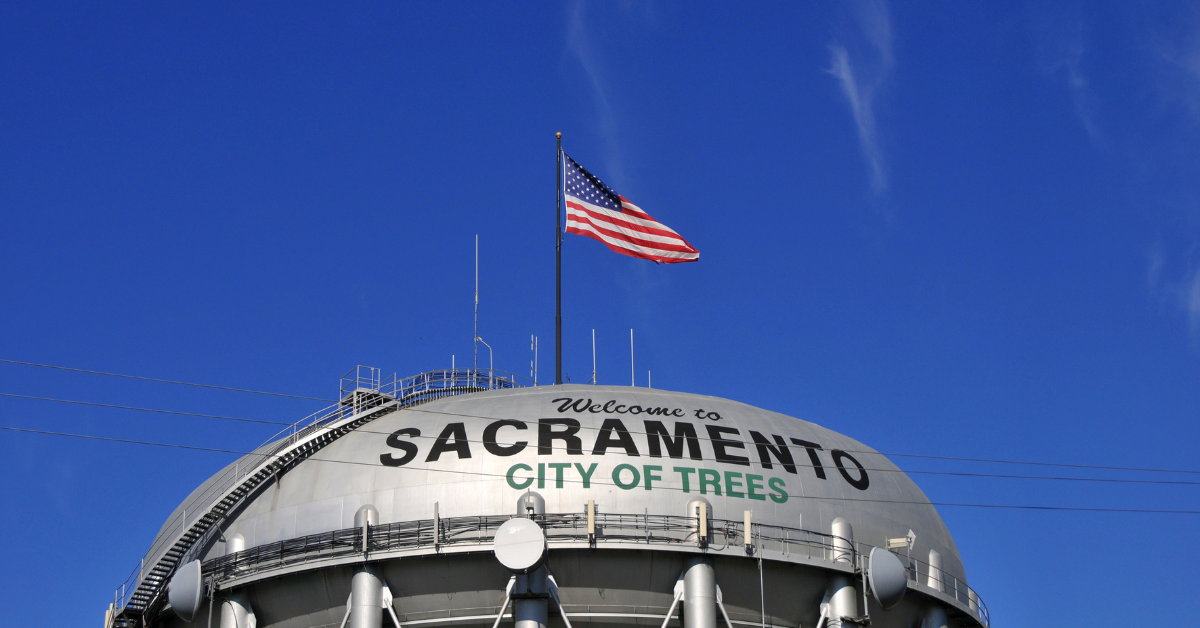In order to make sure the association has adequate funds in the future, a Reserve Study is usually the first step when preparing for a new construction project or adding additional units. There are different levels of reserve studies that an HOA can go through. These will help you understand which one is right for your specific needs. Depending on your circumstances, some of these may not be necessary. A reserve study helps an association understand how much money it needs to operate and maintain its community – and how much money it needs to save up in order to do so. The money an HOA sets aside for repairs, maintenance costs, and other foreseeable expenses isn’t called “reserves” for no reason – these are literally the association’s “rainy day” fund that we hope we never need!
What’s a reserve study?
A reserve study is a detailed analysis that estimates the future costs of owning and operating a community and determines how much money an association’s members will need to set aside each month to cover those expenses. A reserve study takes into account things like unit turnover, projected maintenance costs, inflation, and the interest rate the association is likely to earn on its savings. The association’s governing documents will set out what type of reserve study the board is required to perform. The reserve study is the foundation for the HOA budget: it determines how much the owners will need to pay for monthly expenses like utilities, repairs, insurance premiums, and debt repayments. The HOA board will use these estimated numbers to set the monthly HOA fees.
What is a major repair study?
A major repair study is a detailed analysis of the major components in your community that could break down and require costly repairs in the future. Major components include roofs, plumbing systems, and electrical systems. The main purpose of a major repair study is to understand how much money you’ll need to repair, replace, or completely rebuild your major components, and when those major components will likely need to be replaced. You can create a major repair study by looking at the existing data on current expenses, the age of the major components, the costs of the repairs and replacements.
What is a minor repair study?
A minor repair study is a detailed analysis of all the minor components in your community and how much they cost to repair. Minor components include landscaping, fencing, painting, and other smaller repairs on your property. The main purpose of a minor repair study is to understand how much money you’ll need to repair, replace, or completely rebuild all your minor components, and when those minor components will likely need to be replaced. You can create a minor repair study by looking at the existing data on current expenses, the age of the minor components, the costs of the repairs and replacements.
What is an operational study?
An operational study is a detailed analysis of how your community is currently being managed. It will help you understand which areas of your community need improvement, and which areas are running efficiently. The main purpose of an operational study is to identify areas where the HOA could be more efficient. You can create an operational study by conducting interviews with the HOA board members, staff, and homeowners, analyzing data from various reports and databases, and conducting site visits. The results of an operational study will help the HOA identify areas where it can cut costs, as well as areas where it needs to increase its spending. For example, the HOA may discover that it needs more money for landscaping maintenance. Or it may discover that more money is being spent on water bills than necessary.
What is a cash-flow study?
A cash-flow study is a detailed analysis of the HOA’s expected income, expenses, and the amount of money that will be saved or set aside in reserve accounts. The main purpose of a cash-flow study is to make sure that the HOA has enough money to pay its expenses and save money in reserve accounts. You can create a cash-flow study by looking at the existing data on current incomes, expenses, and the amount saved in reserve accounts.
Understanding the difference between all these.
Now that we’ve gone through each one of these, let’s go over the aspects of each one that makes them unique. – Reserve study: This is a general overview of all the major components, minor components, and the amount that will be needed for repairs, replacements, and improvements. – Major repair study: This study is focused on the major components of the property and how much money will be needed to replace these items when they break down. – Minor repair study: This study is focused on the minor components of the property, and how much money will be needed to replace these items when they break down. – Operational study: This study focuses on how the HOA currently operates and makes recommendations for improvement. – Cash-flow study: This analysis focuses on how much money is coming in and how much money is going out, and whether the HOA has enough money in reserve to cover its expenses.
Bottom line
Reserve studies help us understand how much money we’ll need to cover the expenses related to owning and operating a community. They also help us understand how much money we’ll need to save in reserve accounts so that we’re prepared for emergencies and major repairs. A reserve study is the first step in preparing for a new construction project or adding additional units. It helps an association understand how much money it will need to save up in order to do so.



